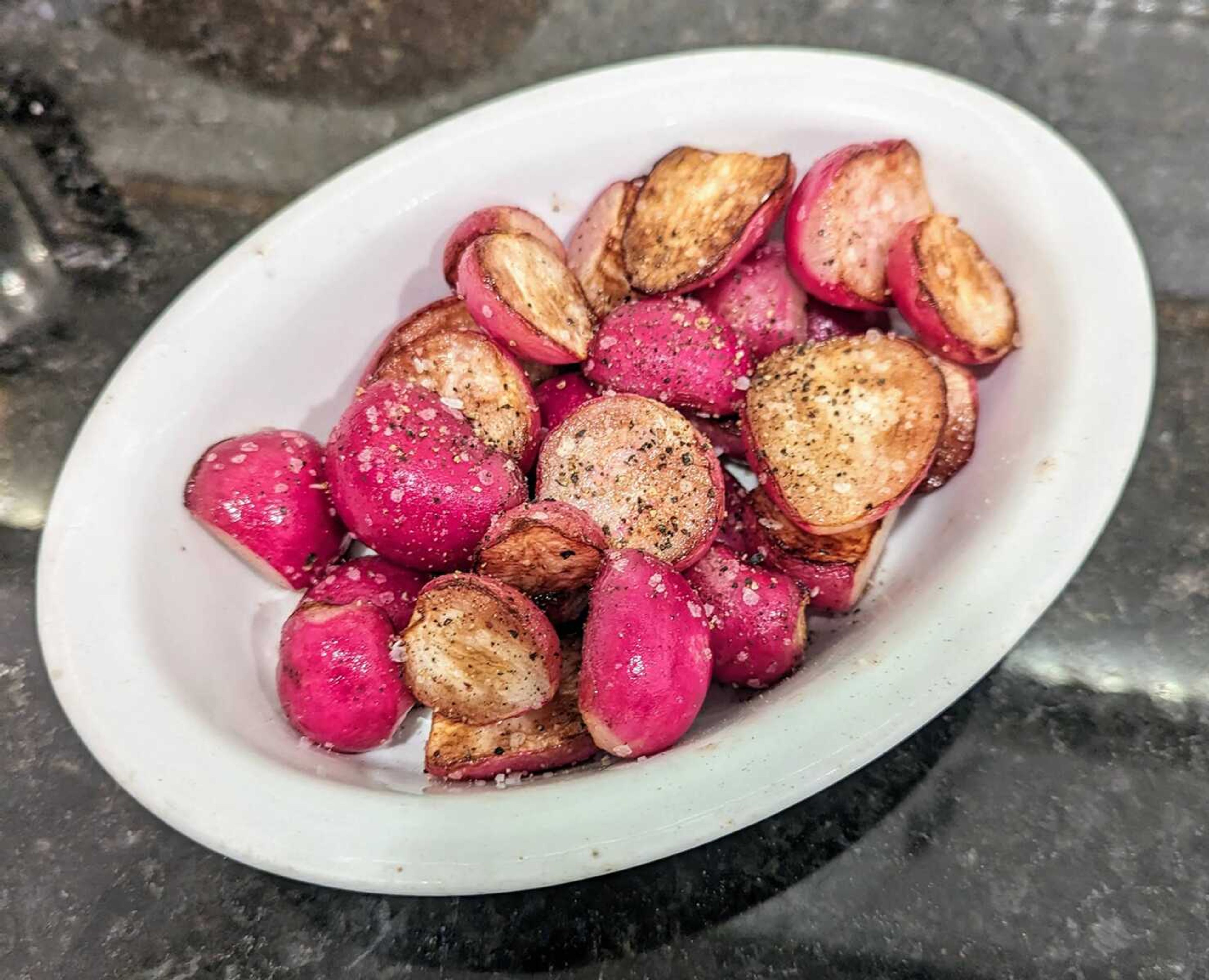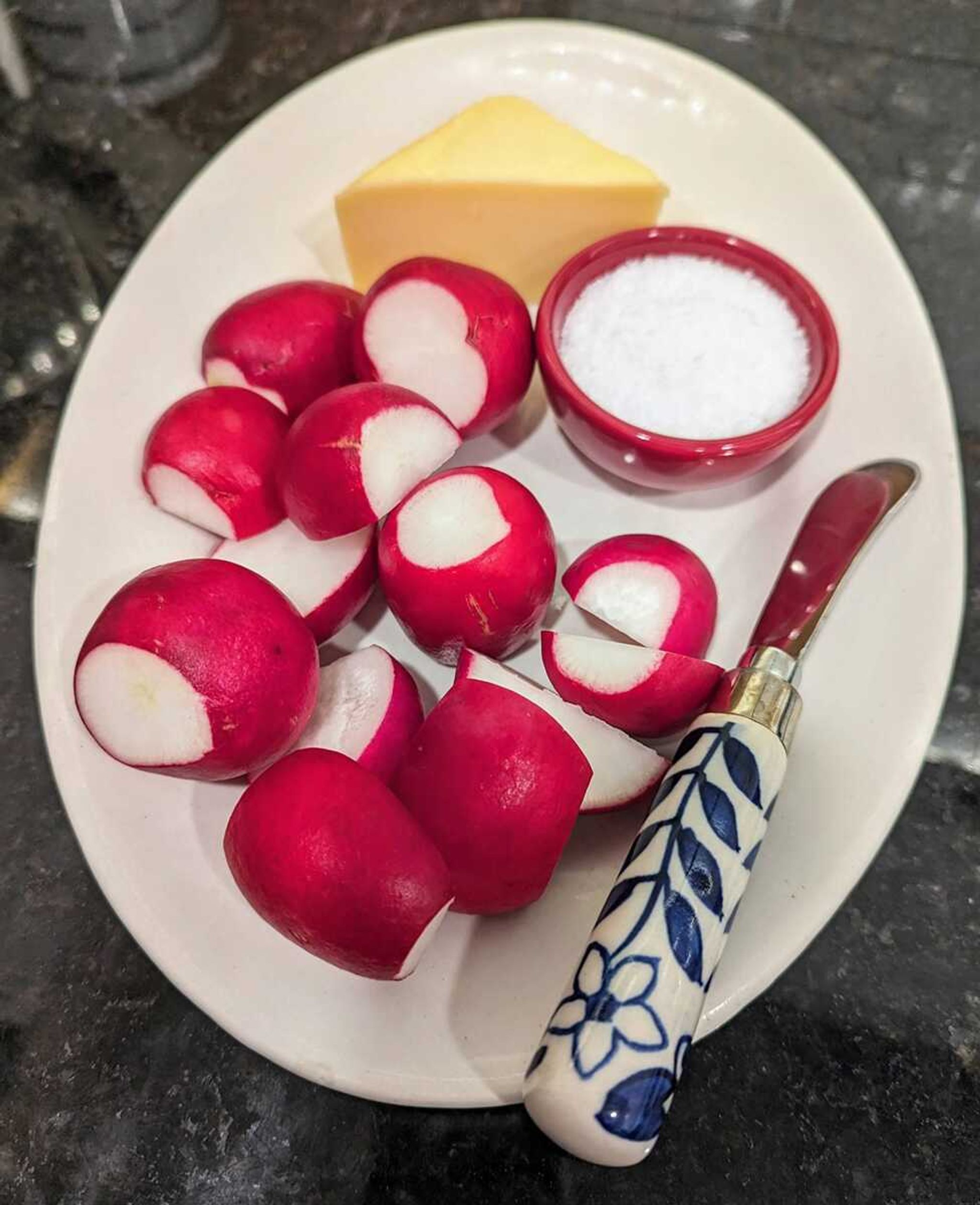Rad radishes
Every year since 1897, around Christmas, the people of Oaxaca, Mexico, celebrate the Night of the Radishes. The central feature of this event is the carving of oversized radishes into various religious images, most commonly a nativity scene, which then compete with each other for awards. ...
Every year since 1897, around Christmas, the people of Oaxaca, Mexico, celebrate the Night of the Radishes. The central feature of this event is the carving of oversized radishes into various religious images, most commonly a nativity scene, which then compete with each other for awards.
According to legend it all started back in the mid-18th century when one year saw a radish crop so plentiful that it could not all be harvested. A couple of enterprising friars dug up some of the vegetables, misshapen and sizeable, and took them to the Christmas market as curiosities to attract customers. Ultimately, the event became so popular that the government got into the act by setting aside land expressly for the growing of radishes meant for the holiday and today literally tons of radishes are harvested for the competition.
Fewer than a thousand miles north, in this country, radishes are not held in such high regard. Though esteemed in colonial America, by the 20th century they were regarded as little more than a garnish (carved to resemble roses) and today, at best, as Kay Rentschiler writing in the Oxford Companion to American Food and Drink puts it, the ultimate crudite. That’s too bad, for as NPR’s Kara Newman observes, though the radish is a humble root vegetable, it deserves more than to be buried in a salad bowl underneath the salad greens.

One of the first vegetables introduced to the New World, by the Spanish, radishes have been cultivated on this continent for half a millennium, since 1500, which seems like a long time ago. But their roots, literally, can be traced back much further than that. The Ancient Greeks and Romans penned the first written records of them in the third century B.C., the Chinese were growing them as early as 700 B.C., and Herodotus, the father of history, reports there was even at one time an inscription on the Great Pyramid of Egypt detailing the copious amounts of them consumed by the slaves who built those monuments. All in all, they’ve been around for a good 4,000 years.
Ancient gardeners might well be surprised by the variety of radishes available today, as might those of us mostly familiar with the bagged variety at the supermarket. They come in different sizes, shapes, colors, and pungency. The Daikon, for example, introduced to me years ago by the talented Elma Staten when she was in the restaurant and catering business, can weigh over five pounds. In terms of shape it resembles an overgrown carrot. In terms of color, radishes come in a wide variety ranging from white to purple and even black. So-called watermelon radishes are green on the outside and hot pink on the inside. In terms of heat, spring radishes usually don’t have the bite of summer ones.
Likewise, there is probably a greater variety of ways to prepare radishes than we might realize. Besides starring in the classic French appetizer of radishes and butter, or the British radish sandwich, and, of course, salads, radishes can be roasted or sauteed, used in pastas, soups, as side dishes, and even made into desserts. With so many types of radishes and so many ways to fix them, this spring there’s no reason not to do what they do in Oaxaca and make a night of it.

Spring Radish Salad
​This recipe, adapted from one by Chef Geoffrey Zakarian at the Food Network site, makes radishes a star rather than a bit player.

- 1/4 cup + 2 tablespoons New Zealand Sauvignon Blanc
- 1 tablespoon Dijon mustard
- 1 teaspoon honey
- 1 teaspoon soy sauce
- Salt and pepper
- 1/2 cup olive oil
- 2 cups thinly sliced radishes
- 2 cups baby spinach
- 1 thinly sliced fennel bulb
- 2 avocados, quartered
- 1 segmented pink grapefruit
- 1 segmented orange
- 1/4 diced serrano chile
Whisk together wine, mustard, honey, and soy sauce. Season with salt and pepper. Slowly whisk in olive oil until emulsified.
Combine radishes, lettuce and fennel and toss with a few tablespoons of the dressing.
Arrange avocado, grapefruit, and orange segments on a platter, drizzle with additional dressing, and season with salt and pepper.
Scatter diced serrano over all and top with radish mixture.
Tom Harte’s book, “Stirring Words,” is available at local bookstores. A Harte Appetite airs Tuesdays at 7:42 a.m. and 5:18 pm on KRCU, 90.9 FM. Contact Tom at semissourian.com or at the Southeast Missourian, P.O. Box 699, Cape Girardeau, Mo., 63702-0699.
Connect with the Southeast Missourian Newsroom:
For corrections to this story or other insights for the editor, click here. To submit a letter to the editor, click here. To learn about the Southeast Missourian’s AI Policy, click here.











